#phalaena
Text
Moth of the Week
Bird-Cherry Ermine
Yponomeuta evonymella

Image source
The bird-cherry ermine is a part of the family Yponomeutidae, the ermine moths. It was first described in 1758 by Carl Linnaeus. It was originally placed in the genus Phalaena but was later transferred to the genus Yponomeuta, becoming Yponomeuta evonymella. This species’ common name comes from their main food plant: Bird Cherry.
Description This moth has a white thorax, head, and forewings. The forewings have five horizontal lines of small black dots, and a few black dots are also on the back of the thorax. The hindwings are shorter and wider than the forewings and are a beige/light brown color. Both the forewings and hindwings have a fringe on the end however, the forewings’ white fringe is short and only on the outer margin while the hindwings’ brown fringe is all over the hindwings’ edges besides the parts touching the forewings. Additionally the hindwings’ fringe is longer on the bottom of the wing. This moth’s thin and wiry antennae are two thirds the length of the forewing and are usually white.
Wingspan Range: 16 - 25 mm (≈0.63 - 0.98 in)
Diet and Habitat This species’ caterpillars mainly feeds on Bird Cherry (Prunus padus), but they also occasionally feed on cherry (Prunus) or buckthorn (Rhamnus). They are known to sometimes be pests of the bird-cheery because the caterpillars pupate and feed together in web like nests that can cover whole trees. This web keeps them protected and allows them to eat mostly unbothered by other insects and predators. The tree is still likely to survive after this, but may grow less in the following growth season/spring. Adults feed on nectar.
This species can be found in Europe and the northern and eastern parts of Asia. They live in many habitats such as river lowlands, deciduous forests, alluvial forests, stream banks with bushes and trees, gardens, parks, and more. Strangely according to Butterfly Conservation, this moth can be found “often far from the known foodplant.”
Mating This moth is seen in June to September and has only gerarion per year. Females let their eggs on the winter buds of their food plants.
Population sizes fluctuate, but it’s not uncommon for mass outbreaks of caterpillars to happen, which results in defoliated trees.
Predators This species is preyed on by parasitic wasps and seems to have few other predators.
Fun Fact This moth is attracted to light. Additionally when disturbed, this moth can skip away and falls to the ground. Note: this second fact does not currently have a citation on Wikipedia so it may be disproven in the future.
(Source: Wikipedia, Butterfly Conservation)
#libraryofmoths#animals#bugs#facts#insects#moth#lepidoptera#mothoftheweek#Yponomeuta evonymella#bird-cherry ermine#Yponomeuta
103 notes
·
View notes
Text

Carlos Verger Fioretti - Phalaena (1920)
177 notes
·
View notes
Text
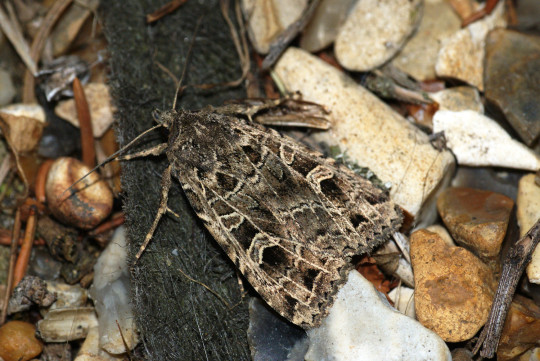

The Gothic moth (Naenia typica) played a small role in early zoological taxonomy.
The primary start point of modern taxonomy is taken to be 1758, with the publishing of the 10th edition of Systema Naturae by Carl Linnaeus. This book is the first attempt at categorising animals into a consistent, binomial (i.e. with two parts: genus and species) naming scheme, with kingdoms split into classes, then orders, genera, and finally species.
This system has been expanded upon over the years, but stayed similar in structure with the primary change being a shift from a rank-based one off the internal and external organ structure to a cladistic one based on the last common evolutionary ancestor.
In particular, one of the animal orders created in that book still used today is Lepidoptera, which were categorised as insects with 4 wings covered in flat scales (hence the name, meaning "scaly wings"). Lepidoptera were split into 3 genera: Papilio including all butterflies, Sphinx including all hawk moths, and Phalaena – which included the other moth species. The bugs were distributed across genera according to their similarity to the type species of the genus.
The species picked for the Phalaene genus was Phalaene typica, the Gothic moth, making this arguably the most moth-y moth to exist.
The Phalaene genus eventually got split into multiple genera, and it only exists as a remnant of the early days of taxonomy nowadays. Currently, the moth is in the Naenia genus, hence the name of Naenia typica.
Regardless, this is the most moth of all time.
2 notes
·
View notes
Photo

Phalaena | Carlos Verger Fioretti | 1920 | Prado, Madrid
“The term phalaena, a moth with a thin body and broad delicate wings that comes out at night and is fatally attracted to fire, is here associated with the women who offered to escort men at elegant coteries. At the table in the foreground, a mature man observes one of them, who in turn engages the viewer with a troubling expression.”
49 notes
·
View notes
Text
It’s time for Baby Mode™️

This is my other Sonic OC I wanted to make a ref sheet for: Phalaena the Moth. She’s incredibly smol, a bit chonky, and very fluffy. Based on the Silk Moth, I did my best to make her design a near 1:1 translation while aprucing it up Sonic Style. She’s an ultra cutie.

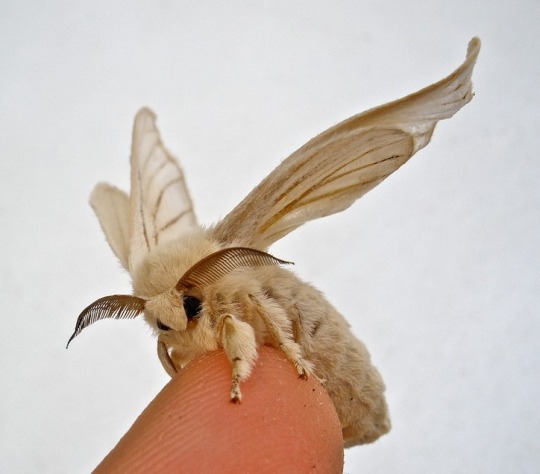
And of course, a reference side by side. Neat little not I should add: Phalaena’s color palette, save for her clothes obviously, were all colorpicked from real pictures of Silk Moths.
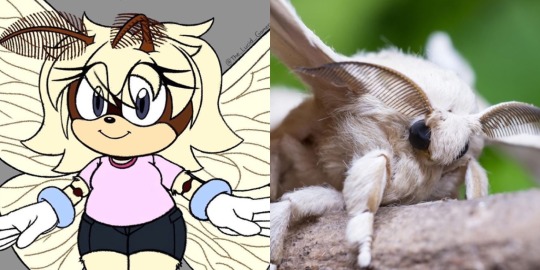
#sega#sonic#sega sonic#sonic the hedgehog#sonic art#sonic artist#sonic fanart#sonic oc#sonic original character#sonic fan character#oc reference sheet#oc ref sheet#reference sheet#phalaena the moth#silk moth#silk moth oc#moth oc#digital art
57 notes
·
View notes
Photo



The first picture of a white-marked tussock moth caterpillar I’ve taken.
#white-marked tussock moth#Orgyia leucostigma#Animalia#Euarthropoda#Insecta#Lepidoptera#Noctuoidea#Erebidae#Orgyia#moths#owlet moths#tussock moths#Nikon D3400#nikonphotography#Black Bayou Lake National Wildlife Refuge#photographers on tumblr#nature photography#Phalaena leucostigma#Hemerocampa leucostigma#Cladophora leucographa#Acyphas plagiata#Orgyia wardi#Orgyia oslari#Orgyia libera#moths of North America#moths of Europe#moths of Taiwan#Lymantriinae#wildlife
3 notes
·
View notes
Photo
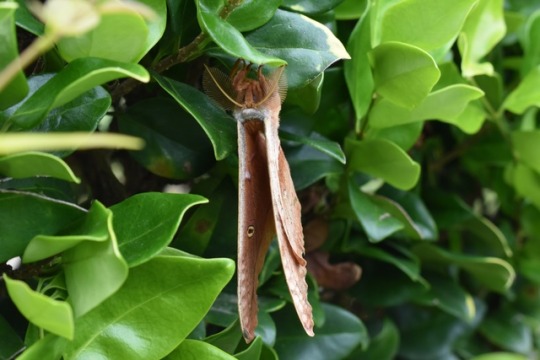
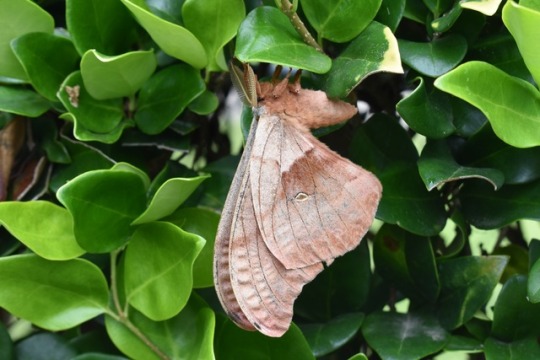
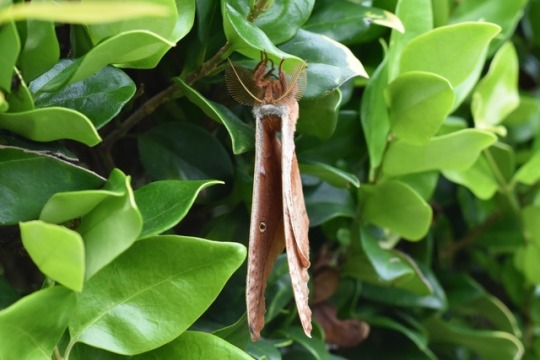
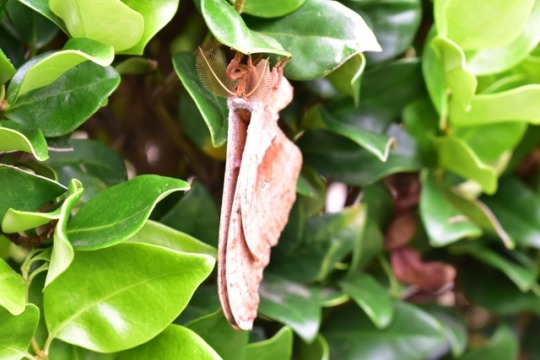


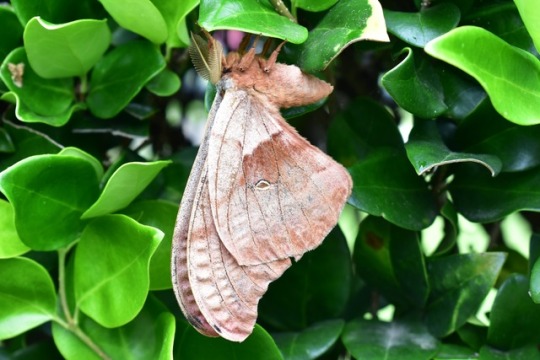
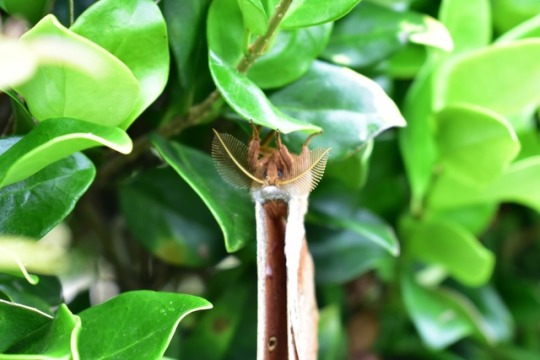
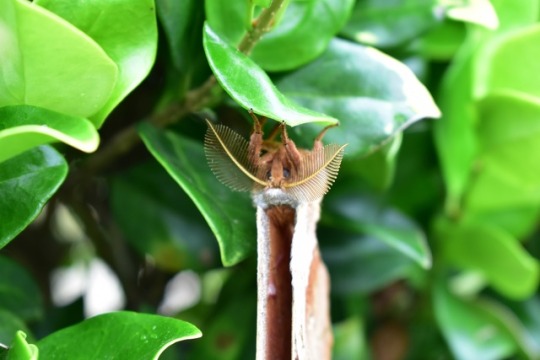
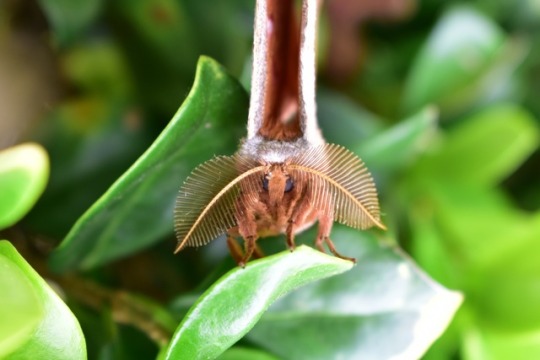
🦋 A New Addition 🦋
I have never seen this character before and I must not have a good enough identification book because it’s nowhere to be found within the book’s pages. No surprise that I took as many pictures as possible before it either flew away or something made a meal of it. Anyone know its species?
Update (March 4, 2018): It’s a polyphemus moth (Antheraea polyphemus).
#Animalia#Lepidoptera#Nikon D3400#wildlife#Insecta#Euarthropoda#pollinator insects#polyphemus moth#Antheraea polyphemus#Saturniidae#Antheraea#saturniids#Phalaena polyphemus#Telea polyphemus#giant silk moths#moths of Canada#moths of the United States#tussar moths
8 notes
·
View notes
Text

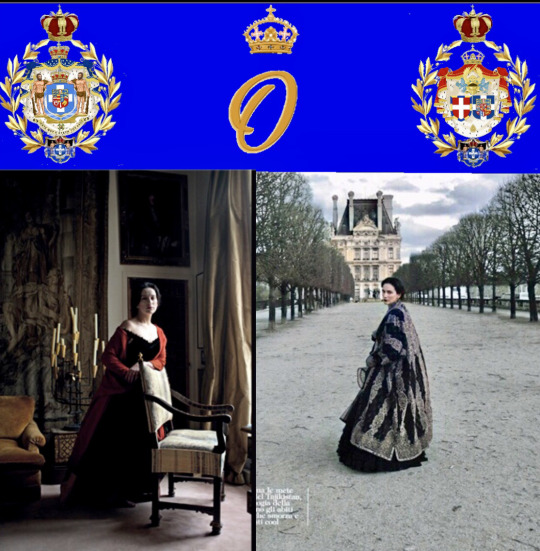
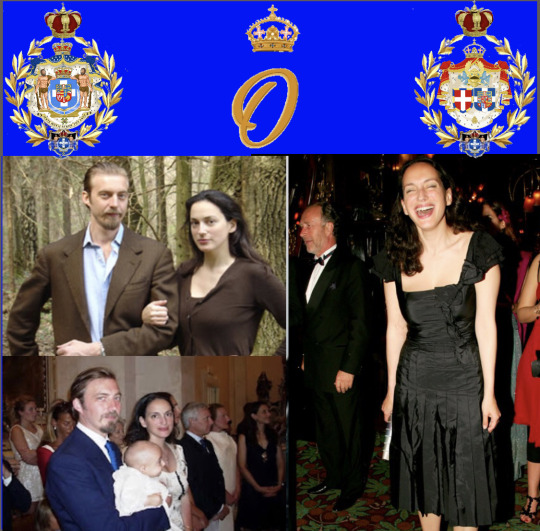
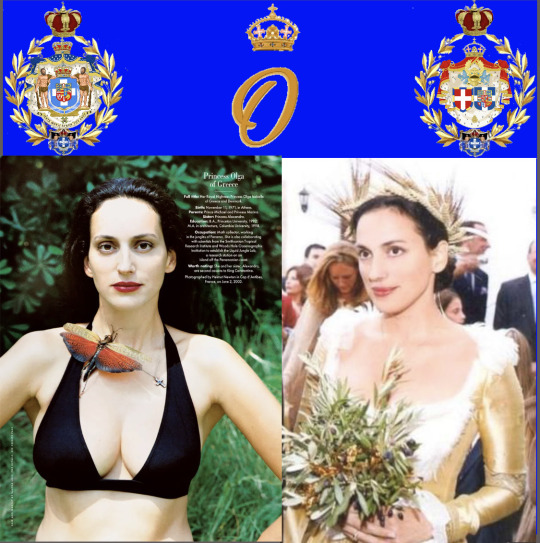



Happy 50th birthday to HRH Princess Olga of Greece ,Savoy -Aosta Duchess of Apulia
Princess Olga, Duchess of Apulia (née: Princess Olga Isabelle of Greece, born 17 November 1971 is the daughter of author Prince Michael of Greece and Denmark and his wife, Marina Karella, an artist and daughter of the Greek business magnate Theodore Karella. Princess Olga is the wife of Prince Aimone of Savoy-Aosta, Duke of Apulia.
Princess Olga grew up in Paris and New York, spending summers at the family's island retreat at Patmos, Greece. She chose to attend boarding school in England, studied history in Rome, and is a graduate of Princeton University. She also holds a degree from Columbia University's Graduate School of Architecture, Planning and Preservation. Although Olga worked for a while in interior decoration, she went to Panama to photograph and study phalaena. Later, as a lepidopterist, she helped to set up and then worked in the Liquid Jungle Lab in Panama in co-operation with the Smithsonian Tropical Research Institute and the Woods Hole Oceanographic Institution. She is also a journalist and filmmaker.
Unlike other members of the Greek Royal Family, she was not deemed a full member of the Greek royal house under the monarchy, despite being born of a marriage recognized by King Constantine II of Greece .
As daughters of a non-dynastic marriage, she and her elder sister, Princess Alexandra, are not accorded the traditional style of Royal Highness, nor do they bear the titular suffix of Denmark
Her engagement to Prince Aimone of Savoy, Duke of Apulia, son of Amedeo, 5th Duke of Aosta, was announced in May 2005. Aimone and Olga are second cousins; both being great-grandchildren of the French pretender Jean d'Orléans, duc de Guise. They are also second cousins-once-removed, as George I of Greece is Aimone's great-great-grandfather and Olga's great-grandfather. Olga's father, Prince Michael of Greece and Denmark, Aimone's late paternal grandmother, Princess Irene, Duchess of Aosta (née Princess Irene of Greece and Denmark), and The Prince Philip, Duke of Edinburgh (born Prince Philip of Greece and Denmark), were all first cousins.
The couple wed, after a three-year engagement, on 16 September 2008 at the Italian embassy in Moscow, the city in which Aimone is employed. Their religious marriage took place on 27 September at Patmos, where it was expected that the Patriarchal Exarch of Patmos, Archimandrite Andipas Nikitaras, would preside at the Church of the Evangelismos of the Virgin Mary at Pano Kambos, with a reception following on the site of a former school. Since the Second Vatican Council marriages celebrated according to the rite of the Ecumenical Patriarchate of Constantinople, to which the exarchate belongs, may be recognized as canonically valid. A canonical dispensation was obtained from the Catholic Archbishop of Moscow, Mons. Paolo Pezzi, who was the local Ordinary of prince Aimone.
Present for the nuptials in Patmos were several members of Olga's paternal family, including Queen Sofia of Spain (née Princess of Greece and Denmark), King Constantine II of the Hellenes and his consort Queen Anne Marie (née Princess of Denmark), Prince Michael of Greece and Denmark and his wife, Marina (bride's parents), and Princess Irene of Greece and Denmark. With the exception of 78-year-old Margherita, Dowager Archduchess of Austria-Este (née Princess of Savoy-Aosta), all members of the Aosta branch of the House of Savoy were in attendance, i.e. Prince Amedeo of Savoy, 5th Duke of Aosta (bridegroom's father) and his consort, Princess Silvia, Duchess of Aosta, Princess Claude of Orléans (aka Princess of France, bridegroom's mother), as well as Aimone's two full sisters, Princess Bianca Countess Arrivabene Valenti Gonzaga and Princess Mafalda Madame Lombardo di San Chirico, as well as Maria-Cristina (née Princess of Savoy-Aosta) and her husband Prince Casimir of Bourbon-Two Sicilies. From the senior branch of the Italian royal family Princess Maria Gabriella of Savoy (daughter of the late King Umberto II of Italy) was present, as she had been at the Athens wedding of Olga's parents in 1965.
On 7 March 2009, Princess Olga gave birth to a son named Umberto in Paris, France. On 24 May 2011 in Paris, Olga gave birth to another son, named Amedeo Michele. A day after his birth Amedeo was granted the title Duke of the Abruzzi by his paternal grandfather. On 14 December 2012, Olga gave birth to a baby daughter, Isabella Vita Marina, in Paris, France.
Χρόνια πολλά για τα 50ά γενέθλια στην ABY Πριγκίπισσα Όλγα της Ελλάδας, Σαβοΐας Αοστης - Δούκισσα της Απουλίας
Η πριγκίπισσα Όλγα, Ισαβελα γεννημένη στις 17 Νοεμβρίου 1971 είναι κόρη του συγγραφέα Πρίγκιπα Μιχαήλ της Ελλάδας και της Δανίας και της συζύγου του, Μαρίνα Καρέλλα, καλλιτέχνη και κόρη του Έλληνα μεγιστάνα των επιχειρήσεων Θεόδωρου Καρέλλα. Η Πριγκίπισσα Όλγα είναι σύζυγος του πρίγκιπα Αιμόνε της Σαβοΐας-Αόστα, δούκα της Απουλίας.
Η πριγκίπισσα Όλγα μεγάλωσε στο Παρίσι και τη Νέα Υόρκη, περνώντας τα καλοκαίρια στην Πάτμο, Ελλάδα. Επέλεξε να σπουδάσει οικοτροφείο στην Αγγλία, σπούδασε ιστορία στη Ρώμη και είναι απόφοιτος του Πανεπιστημίου Πρίνστον. Είναι επίσης κάτοχος πτυχίου από τη Σχολή Αρχιτεκτονικής, Σχεδιασμού και Συντήρησης του Πανεπιστημίου Κολούμπια. Αν και η Όλγα δούλεψε για λίγο στην εσωτερική διακόσμηση, πήγε στον Παναμά για να φωτογραφίσει και να μελετήσει τη phalaena. Αργότερα, ως λεπιδοπτέρας, βοήθησε στη δημιουργία και στη συνέχεια εργάστηκε στο Liquid Jungle Lab στον Παναμά σε συνεργασία με το Smithsonian Tropical Research Institute και το Woods Hole Oceanographic Institute. Είναι επίσης δημοσιογράφος και σκηνοθέτης.
Σε αντίθεση με άλλα μέλη της Ελληνικής Βασιλικής Οικογένειας, δεν θεωρήθηκε πλήρες μέλος του ελληνικού βασιλικού οίκου παρά το γεγονός ότι γεννήθηκε από γάμο που είχε αναγνωρίσει ο βασιλιάς Κωνσταντίνος Β' της Ελλάδας.
Ως κόρες ενός μη δυναστικού γάμου, αυτή και η μεγαλύτερη αδερφή της, η πριγκίπισσα Αλεξάνδρα, δεν έχουν το παραδοσιακό στυλ της Βασιλικής Υψηλότητας, ούτε φέρουν το επίθημα του τίτλου της Δανίας
Ο αρραβώνας της με τον πρίγκιπα Αιμόνε της Σαβοΐας, Δούκα της Απουλίας, γιο του Αμεντέο, 5ου Δούκα της Αόστα, ανακοινώθηκε τον Μάιο του 2005.
ΟΑιμόνεκαι η Όλγα είναι δεύτερα ξαδέρφια. Και οι δύο ήταν δισέγγονα του Γάλλου Jean d'Orléans, duc de Guise. Είναι επίσης δεύτερα ξαδέρφια καθώς ο Γεώργιος Α' της Ελλάδας είναι ο προπάππους του Αιμόνε και ο προπάππους της Όλγας. Ο πατέρας της Όλγας, Πρίγκιπας Μιχαήλ της Ελλάδας και της Δανίας, η αείμνηστη γιαγιά του Αιμόνε από τον πατέρα, η πριγκίπισσα Ειρήνη, Δούκισσα της Αόστα πριγκίπισσα της Ελλάδας και της Δανίας και ο Πρίγκιπας Φίλιππος, Δούκας του Εδιμβούργου (γεννηθείς Πρίγκιπας Φίλιππος της Ελλάδας και της Δανίας), ήταν όλα τα πρώτα ξαδέρφια.
Το ζευγάρι παντρεύτηκε, μετά από τρία χρόνια αρραβώνα, στις 16 Σεπτεμβρίου 2008 στην ιταλική πρεσβεία στη Μόσχα, την πόλη στην οποία εργάζεται ο Αιμόνε .
Ο θρησκευτικός τους γάμος τελέστηκε στις 27 Σεπτεμβρίου στην Πάτμο, όπου προεξάρχει ο Πατριαρχικός Έξαρχος Πάτμου Αρχιμανδρίτης Αντίπας Νικηταράς στον Ιερό Ναό Ευαγγελισμού της Παναγίας στον Πάνω Κάμπο, με δεξίωση στον χώρο του πρώην σχολείου.
Από τη Β' Σύνοδο του Βατικανού οι γάμοι που τελούνται σύμφωνα με το τυπικό του Οικουμενικού Πατριαρχείου Κωνσταντινουπόλεως, στο οποίο ανήκει η εξαρχία, μπορούν να αναγνωριστούν ως κανονικά έγκυροι. Μια κανονική απονομή ελήφθη από τον Καθολικό Αρχιεπίσκοπο Μόσχας Μον. Paolo Pezzi, ο οποίος ήταν ο τοπικός κανονικός του πρίγκιπα Aimone.
Παρόντες στους γάμους στην Πάτμο ήταν αρκετά μέλη της πατρικής οικογένειας της Όλγας, μεταξύ των οποίων η βασίλισσα Σοφία της Ισπανίας (πριγκίπισσας της Ελλάδας και της Δανίας), ο βασιλιάς των Ελλήνων Κωνσταντίνος Β' και η σύζυγός του Βασίλισσα Άννα Μαρία (Πριγκιπας και Πριγκίπισσα της Δανίας), ο Πρίγκιπας Μιχαήλ Ελλάδας και Δανίας και η σύζυγός του Μαρίνα (γονείς της νύφης) και η πριγκίπισσα Ειρήνη της Ελλάδας και της Δανίας. Με εξαίρεση την 78χρονη Margherita, Χήρα Archduchess of Austria-Este (née Princess of Savoy-Aosta), συμμετείχαν όλα τα μέλη του κλάδου της Aosta του Οίκου της Savoy, δηλαδή ο πρίγκιπας Amedeo της Savoy, 5ος δούκας της Ο Αόστα (πατέρας του γαμπρού) και η σύζυγός του, η πριγκίπισσα Σίλβια, η Δούκισσα της Αόστα, η πριγκίπισσα Κλοντ της Ορλεάνης (γνωστή και ως Πριγκίπισσα της Γαλλίας, μητέρα του γαμπρού), καθώς και οι δύο πλήρεις αδερφές του Αιμόνε, η πριγκίπισσα Μπιάνκα, η κόμισσα Αρριβάμπεν Βαλέντι Γκονζάγκα και ο Πρίγκιπας Σαν Κίρικο, καθώς και η Μαρία-Κριστίνα (το γένος Πριγκίπισσα της Σαβοΐας-Αόστα) και ο σύζυγός της Πρίγκιπας Κασίμιρ των Βουρβόνων-Δύο Σικελιών. Από τον ανώτερο κλάδο της ιταλικής βασιλικής οικογένειας ήταν παρούσα η πριγκίπισσα Μαρία Γαβριέλλα της Σαβοΐας (κόρη του αείμνηστου βασιλιά της Ιταλίας Ουμβέρτου Β'), καθώς είχε βρεθεί στον γάμο των γονιών της Όλγας στην Αθήνα το 1965.
Στις 7 Μαρτίου 2009, η πριγκίπισσα Όλγα γέννησε έναν γιο που ονομάστηκε Umberto στο Παρίσι της Γαλλίας. Στις 24 Μαΐου 2011 στο Παρίσι, η Όλγα γέννησε έναν άλλο γιο, τον Amedeo Michele. Μια μέρα μετά τη γέννησή του στον Αμεντέο απονεμήθηκε ο τίτλος Δούκας των Αμπρούτζι από τον παππού του. Στις 14 Δεκεμβρίου 2012, η Όλγα γέννησε μια κόρη, την Isabella Vita Marina, στο Παρίσι της Γαλλίας.
#kingconstantine#danishroyalfamily#crownprincepavlos#queenannemarie#greek royal family#house of romanov#greekroyals#crownprincessmariechantal#danishroyals#princeconstantinealexios#princess theodora#princessmarieolympia#princeachileasandreas#princenikolaos#princessalexia#princessnina#princesseirini#princesstatiana#princeodyseaskimon#princearistidesstavros#princefilippos
4 notes
·
View notes
Photo
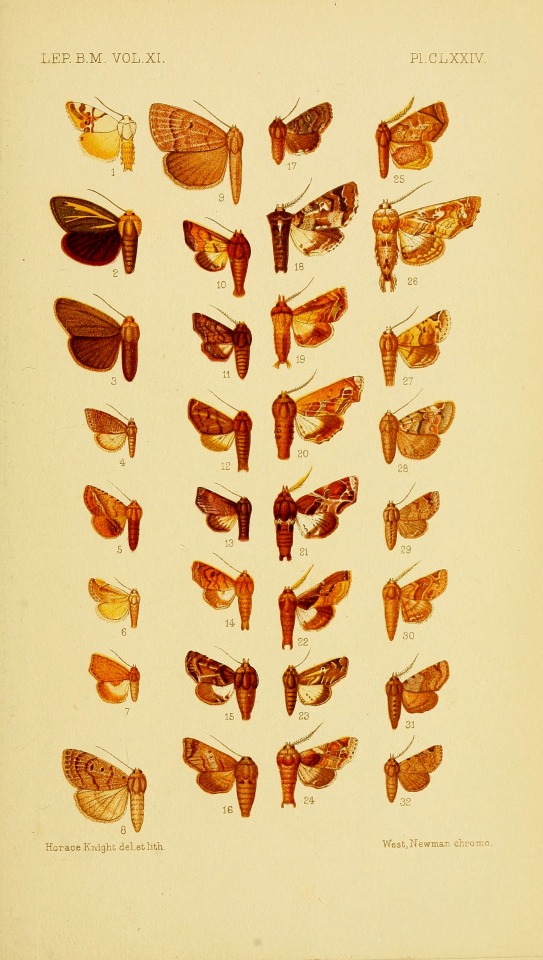


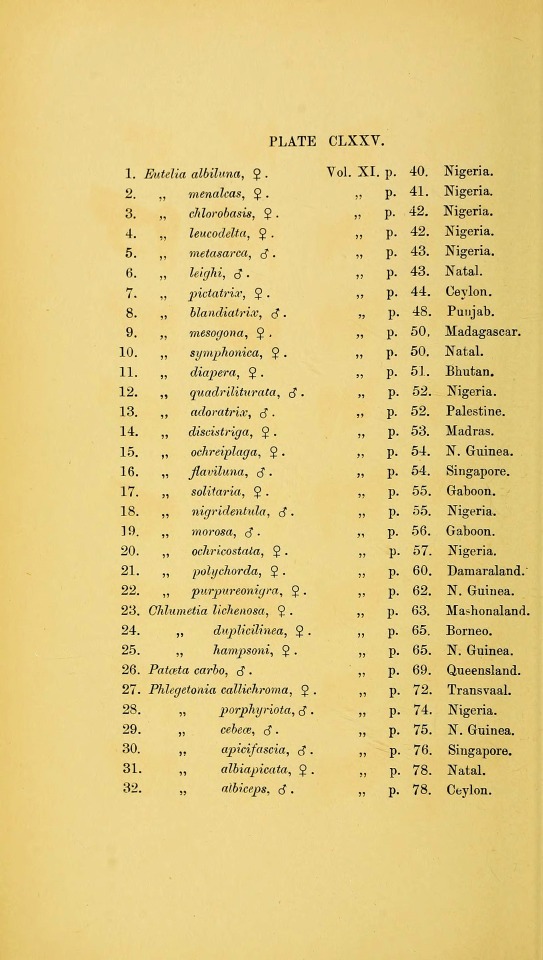



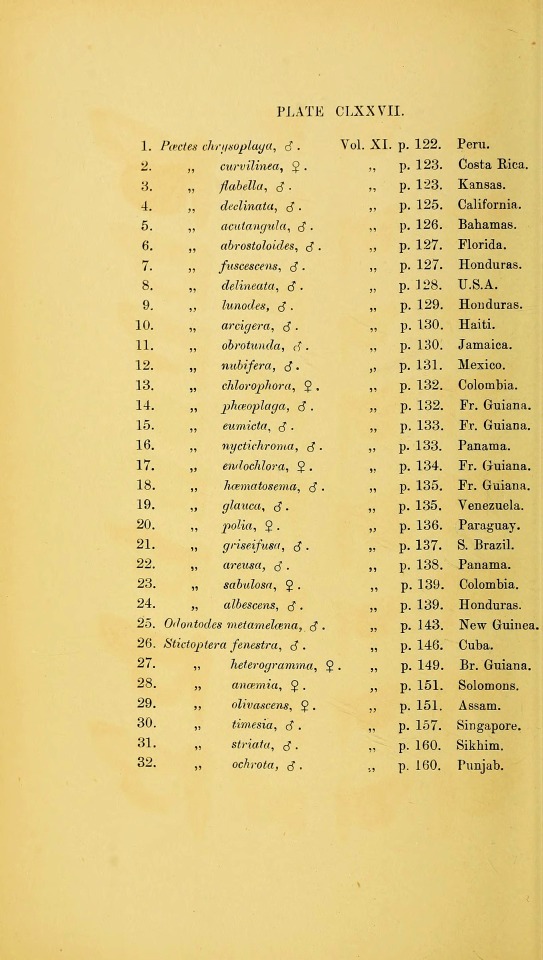

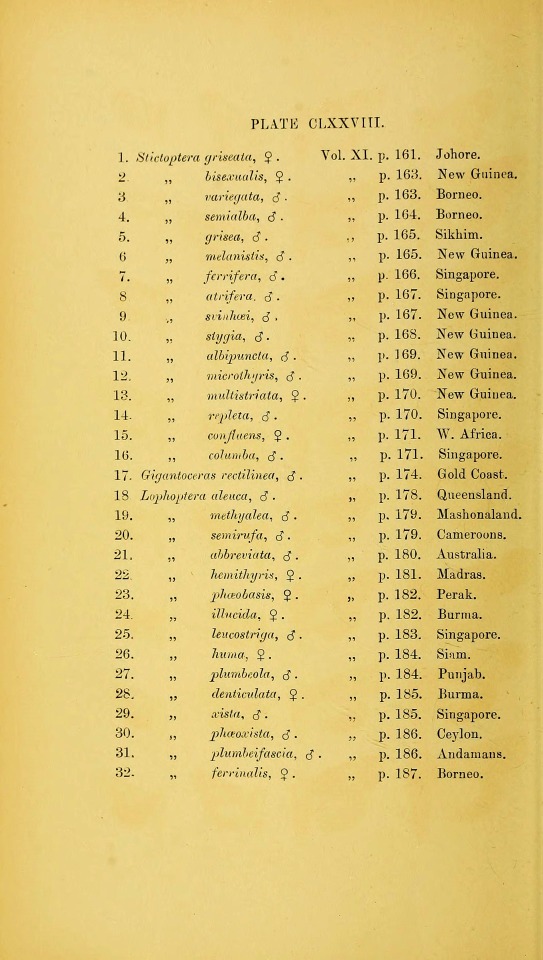
Catalogue of the Lepidoptera Phalænæ in the British museum.
By British Museum (Natural History). Department of Zoology.
Hampson, George Francis, Sir, 10th bart., 1860-1936
Publication info London :Printed by Order of the Trustees,1898-19.
Contributor: California Academy of Sciences
BHL Collections:
Ernst Mayr Library of the MCZ, Harvard University
#scientific illustration#entomology#lepidoptera#moths#phalaenae#natural history#illustrations#british museum of natural history
103 notes
·
View notes
Note
top 5 paintings in the prado and/or reina sofia
oh god here we go:
- Las Meninas (Velazquez)
- Boys on the Beach (Sorolla y Bastida, Joaquín)
- Phalaena (Verger Fioretti, Carlos)
- Dream Caused by the Flight of a Bee Around a Pomegranate a Second before Waking (Salvador Dalí)
- María Guerrero (Sala Francés, Emilio)
5 notes
·
View notes
Text
Moth of the Week
Latticed Heath
Chiasmia clathrata
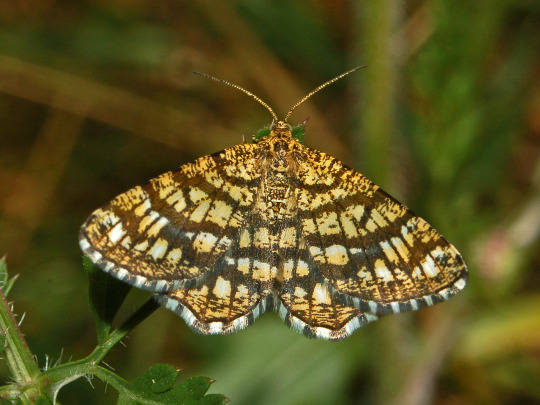
The lattice heath is a part of the family Geometridae, first described in 1758 by Carl Linnaeus. Linnaeus however described this moth under the name Phalaena clathrata. This was later changed by Eugen Wehril in 1949 to Semiothisa clathrata tschangkuensis. Then, Malcolm J. Scoble proved it was not in the genus Semiothisa as the Semiothisa species are found only in the Americas. Molecular work has confirmed the this species within the Chiasmia genus.
Description Both the forewings and hindwings are the same color, which can vary from yellow to white depending on the moth. The veins of the wings are traced out in brown and criss crossed by several larger uneven brown lines. This is where the species got its common name “latticed.” The lines vary in thickness to the point some moths’ wings a more almost entirely brown. Close to the edges of the wings are several small brown spots and a brown and white edge on what is called the “outer margin.”
The body and antennae are mottled to match the wings.
Wingspan Range: 20 - 25 mm (≈0.79 - 0.98 in)
Diet and Habitat The larvea of this moth eat hedge bedstraw, yellow bedstraw, clovers, trefoils, lucerne, meadow vetchling, and other legumes. Adult moths do not feed.
This moth is found through Europe and ranges south to the Near East and North Africa and east through Russia, Siberia, northern Iran, Kazakhstan, China, and Korea to Japan. It is very common in the British Isles. It prefers open area habitats such as grassland, moorland, and waste ground.
Mating This species has one to two generations per year in the British Isles. The pupa overwinter and Amadults emerge in May to September.
Predators This moth species is binaural, meaning they fly during the day. However, they are attached to artificial light and can be seen flying at night for these lights. Because of this it is presumable that they are preyed on by birds and bats, two common predators of moths.
Fun Fact This moth has 4 subspecies: Chiasmia clathrata clathrata (Linné), Chiasmia clathrata centralasiae (Krulikowski, 1911), Chiasmia clathrata djakonovi (Kardakoff, 1928), Chiasmia clathrata kurilata (Bryk, 1942).
(Source: Wikipedia)
#libraryofmoths#animals#bugs#facts#insects#moth#mothoftheweek#lepidoptera#latticed heath#Chiasmia clathrata#Geometridae
117 notes
·
View notes
Text
Phalaenopsis Orchids Types
The phrase Phalaenopsis came from the Traditional word phalaina (a moth) and opsis (looks like). It refers to the moth just like appearance of some of the blooms. Phalaenopsis or Phal regarding short is an orchid sort with approximately sixty varieties. It is one of the popular orchids from the development of artificial hybrids. These are native throughout Southeast Parts of asia from the Himalayan mountains for the islands of Palawan and also Zamboanga del Norte inside the Philippines and northern Down under. The generic name may perhaps be connected to the genus Phalaena. This specific name was given by Carolus Linnaeus to a group of huge moths. The flowers involving some species of Phals work to resemble moths that are traveling by air. The orchid species are often called Moth orchids in this very reason.
The foliage of hoa lan hồ điệp are usually thick and elliptical healthy. Depending on the light exposure area of the leaves ranges via dark green indicating little light exposure to light green suggesting high light exposure. Since new leaves grow towards the top, older leaves at the bottom convert yellow and fall off. A highly maintained Moth orchid could have more than ten leaves and maybe multiple flower stalks. Several plants form a new herb on their flower stalk. The new plant is called "keiki". The word "keiki" is the hawaiian expression for baby or youngster, and literally means "the little one". Roots learn to develop from this new grow. As soon as the roots are concerning one to two inches long the newest plant can be cut off the caretaker plant and be planted inside a new container filled with a great orchid growing mix.
Orchids have long had the particular reputation of being difficult to increase. At the same time, their unique characteristics cause them to become intriguing to many gardeners and also novice growers. This leads to one particular very common question: Which type connected with orchid is the easiest to be able to care for? The answer from orchid experts is almost always phalaenopsis orchids. Moth orchids (a nickname given to the phalaenopsis for its unique shape), are generally popular with novice gardeners (as well as experts) as a result of ease of care they generally demand compared to other, more complicated, forms of orchids that are available for residence growing.
Phalaenopsis require basic conditions. For the light they will receive, the preferred level a thousand to one thousand five hundred foot-candles. The ideal annual temperature collection they need is 60 ° F. (16 ° Celsius) to 85 ° N. (24°Celsius). You won't harm these even if the temperature drops below the minimum or surge higher than the maximum although they put up with higher temperature better. Phals also enjoy frequent watering all year long. They only have their actually leaves and stems to store h2o. They like their root base damp but not soggy. Shut down watch is advice while watering to avoid Phals by rotting. They are considered large feeders when it comes to fertilizers. Fertilizing every seven days with many clear watering in between in the course of spring through early fall will make your Phals comfortable and happy. A light giving will suffice during overdue autumn through winter. These kinds of Phalaenopsis are classified in two. The first one is party with long, branched inflorescense. They likewise have large, round flowers together with tints of rose or perhaps white. The second group provides short stems. They have fewer rounded waxy flowers that provide off vivid colors.
1 note
·
View note
Text
#1378 - Nausinoe pueritia

Photo from Luna’s Insect Challenge - Luna and her mum live in Umina Beach, New South Wales, and she intends to upload a different insect every day for the year. Nice to see the youngsters exercising their interest in natural history.
Anyway, this moth, also known as Phalaena pueritia, is a Spilomeline Crambid native to SE Asia and Australia’s northern and eastern states. The caterpillars roll up the leaf of whatever foodplant they’re eating, but the only foodplant I have information on is Chinese Bellflower ( Abutilon spp., in the Hibiscus family ).
1 note
·
View note
Text
moth monday has come! read below the cut to see the moth...
starting with the creatonotos gangis, in the family of erebidae... it is also known as the phalaena gangis, creatonotos continuatus, noctua interrupta, and the creatonotos flavoabdominalis...
question time...
q: what is the wingspan of this moth?
it has a wingspan of 4 cm!
q: where does this moth live?
it lives in south east asia and australia... have fun with that...
send any questions you want answered about the moth....
- mod moon ☾

also, to see what the moth looks like when it wants to fuck, it looks like this...

i’m not sorry
0 notes
Text
I finally pulled together and made an actual Reference Sheet for my OC: Blitz the Tenrec.

Took a while longer than I would have wanted, considering there’s no real template for a Sonic Height reference, so I had to scrap one together myself. All together though, I’m real happy with how this currently turned out. I may spruce up the negative space with some expression practice for her, depends on how I’m feeling in the next few days.

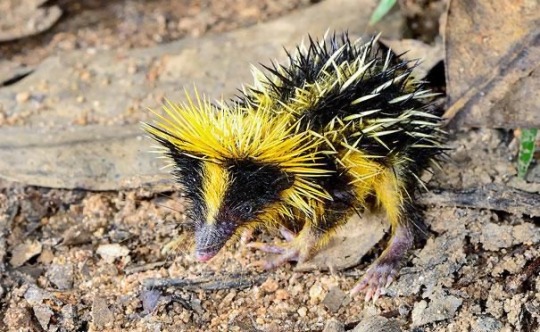
I plan on eventually doing more reference sheets like this for other characters I make, I definitely want to make one for Phalaena at some point because smol chonky moth girl deserves all the love.

Before that however, I have secondary plans to get started on Blitz ability sheet, as well as get some things in order for her personality and character. Only so much one picture can share, even if you add the right details.
#sega#sonic#sega sonic#sonic the hedgehog#sonic art#sonic artist#sonic oc#sonic original character#sonic fanart#sonic fan character#oc#original character#blitzkrieg highcastle#blitzkrieg highcastle the tenrec#blitz the tenrec#reference sheet#oc reference sheet#oc ref sheet#lowland streaked tenrec#tenrec#digital art#amy rose rival#rival character
77 notes
·
View notes
Photo


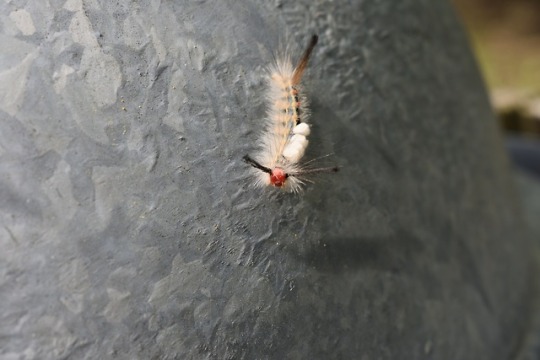
White-marked tussock moth (Orgyia leucostigma)
#white-marked tussock moth#Orgyia leucostigma#nikonphotography#wildlife#photographers on tumblr#nature photography#Nikon D3400#Animalia#Euarthropoda#Insecta#Lepidoptera#Noctuoidea#Erebidae#Lymantriinae#Orgyiini#Orgyia#moths#tussock moths#Phalaena leucostigma#Hemerocampa leucostigma#Cladophora leucographa#Acyphas plagiata#Orgyia wardi#Orgyia oslari#Orgyia libera#moths of Europe#moths of Taiwan#moths of North America
5 notes
·
View notes